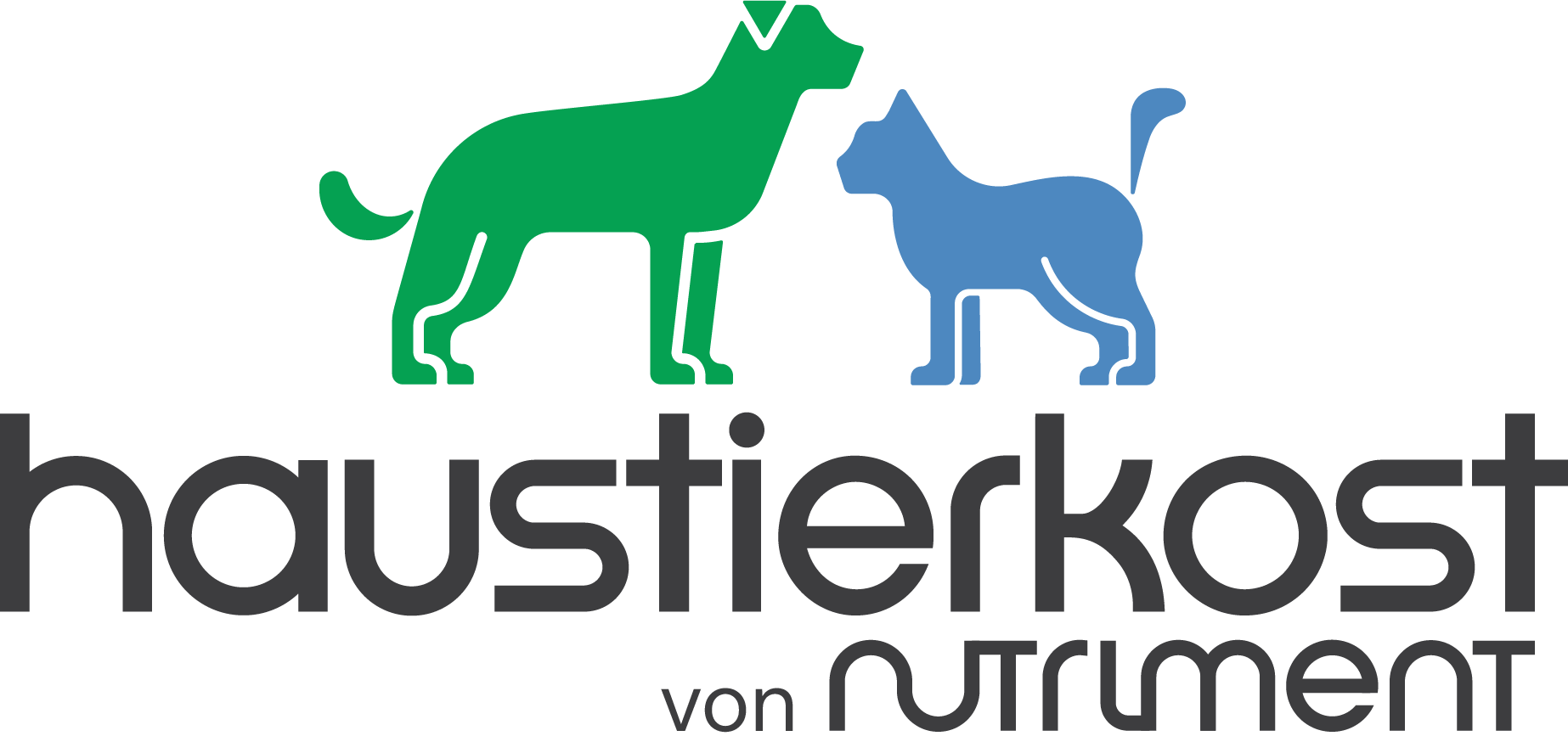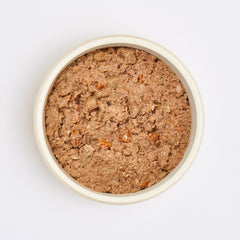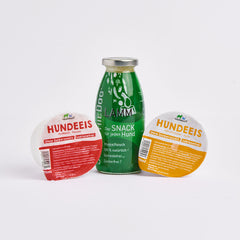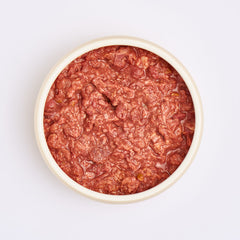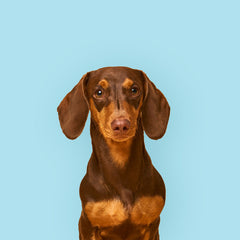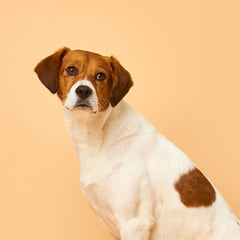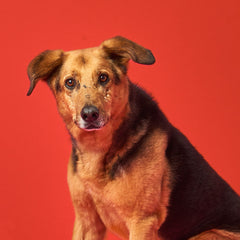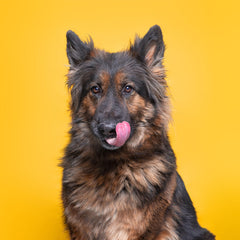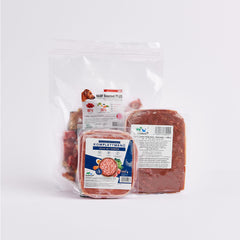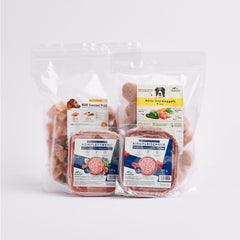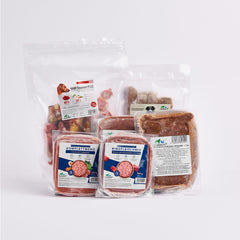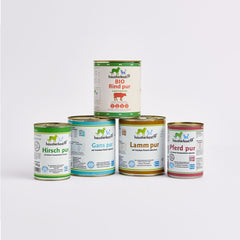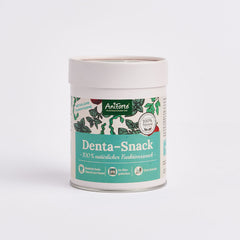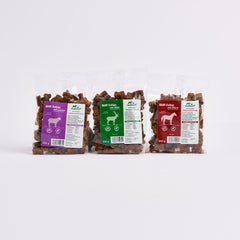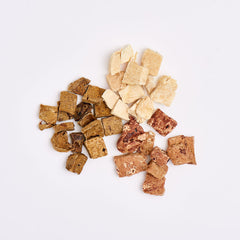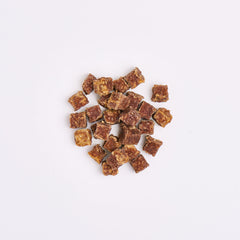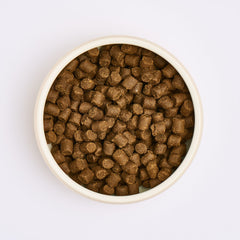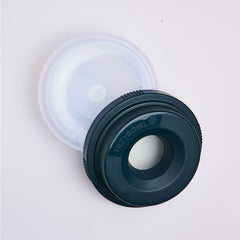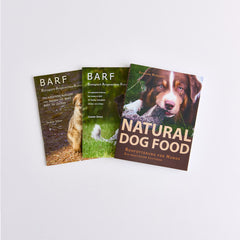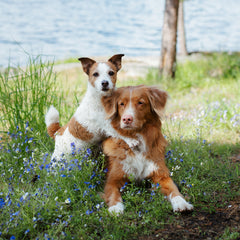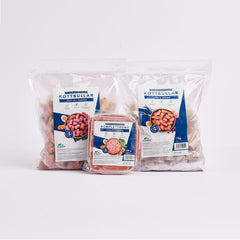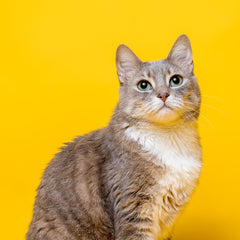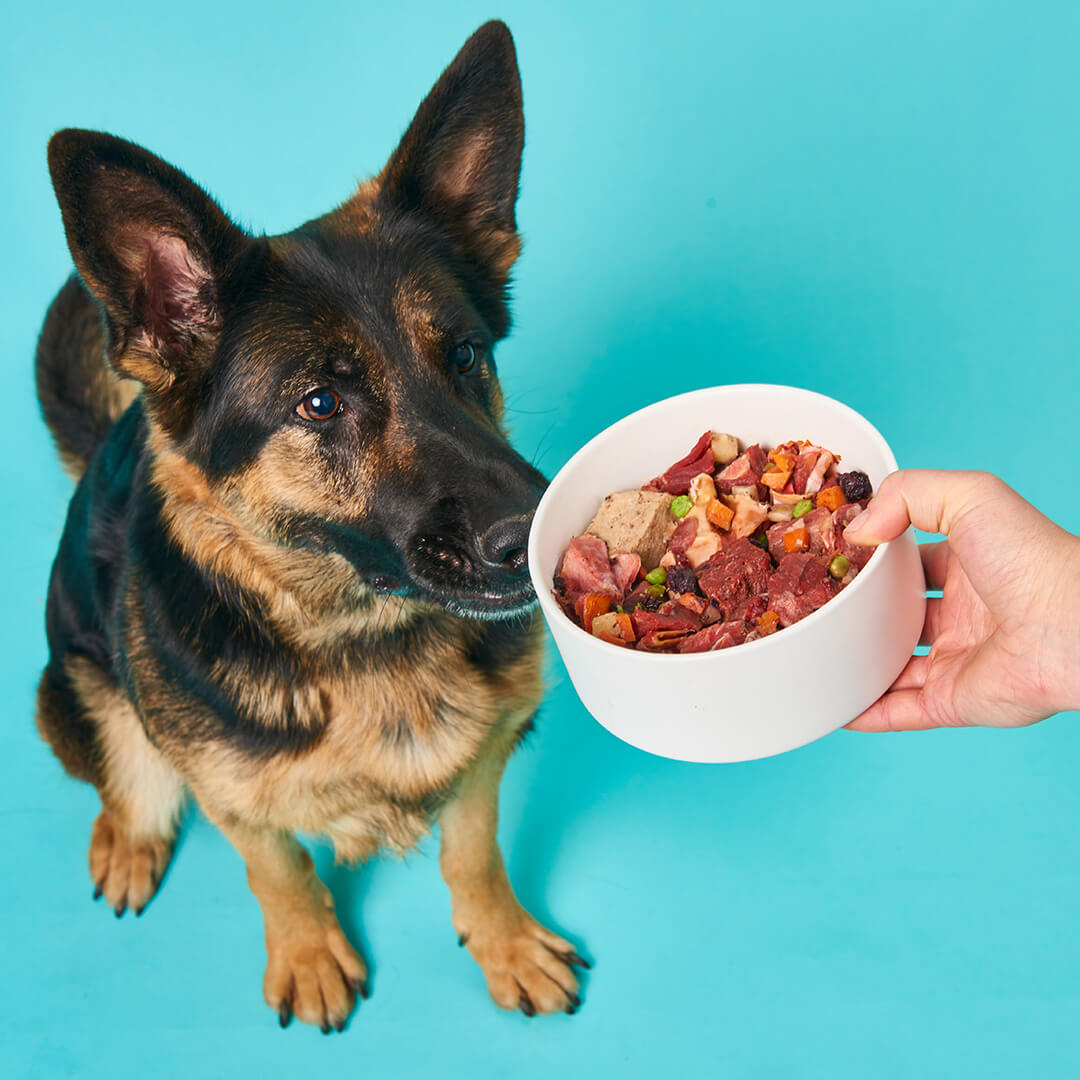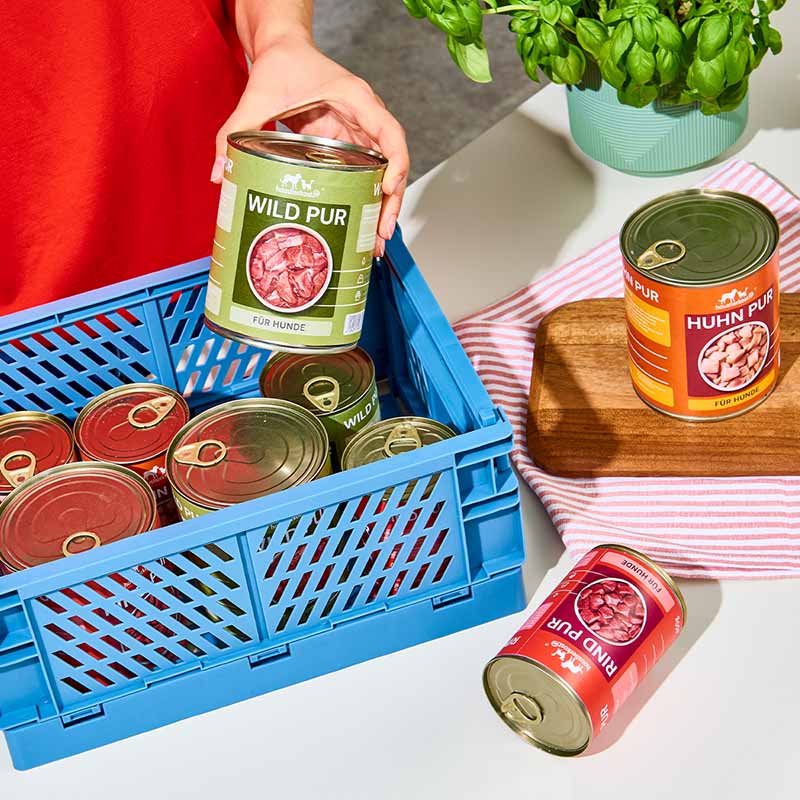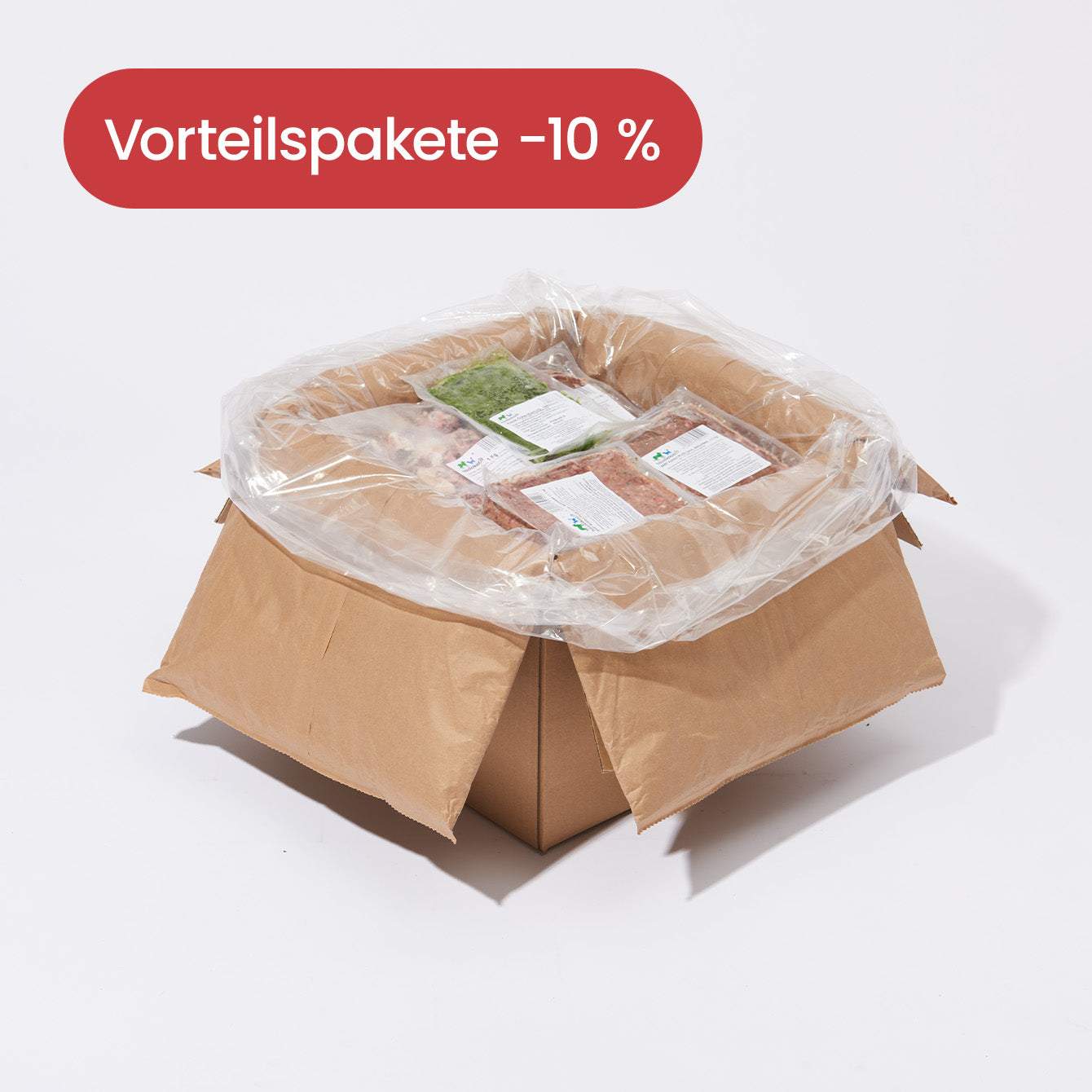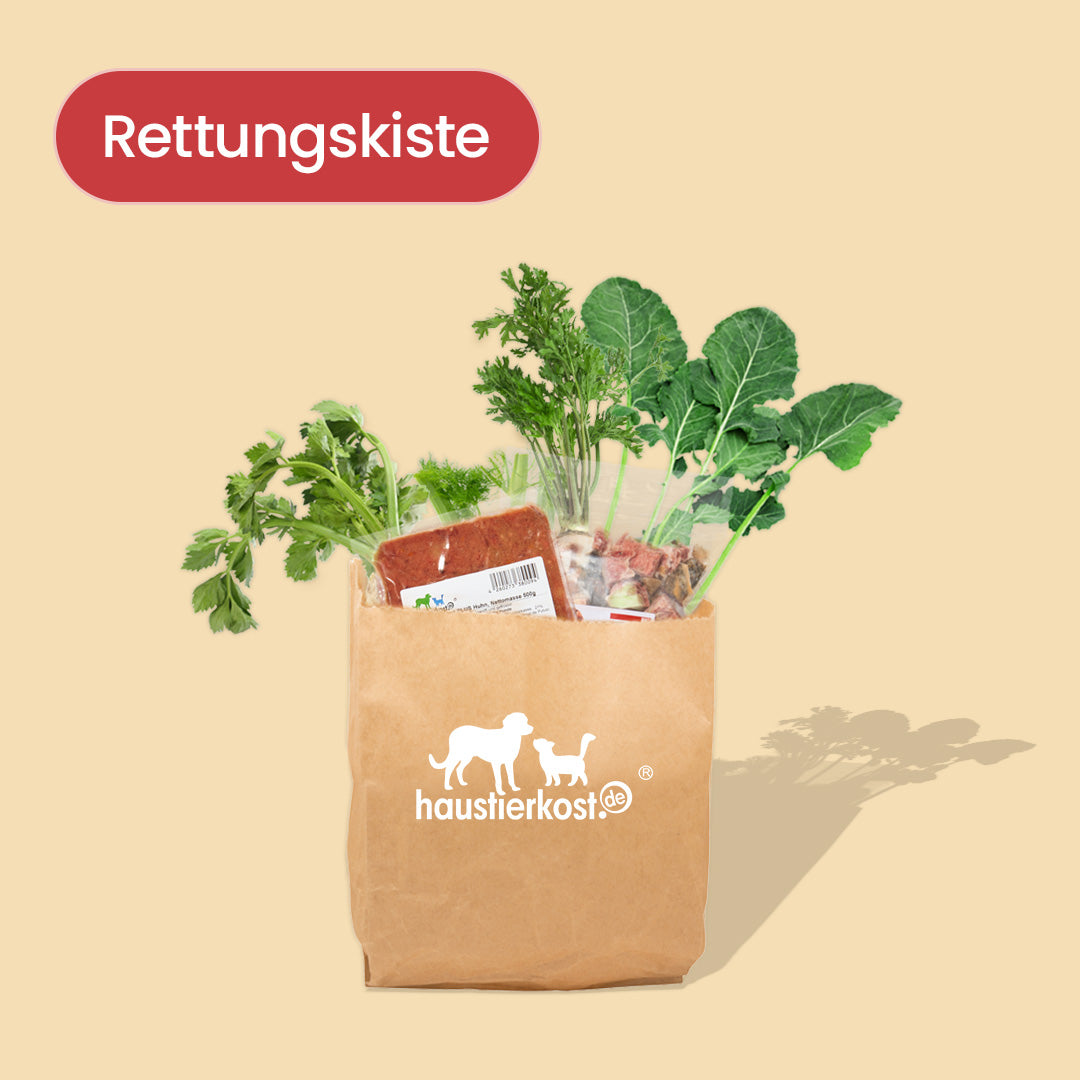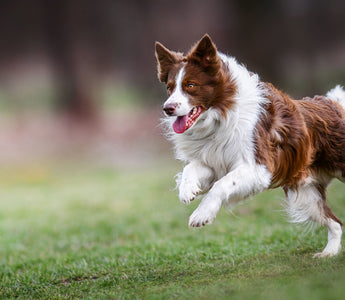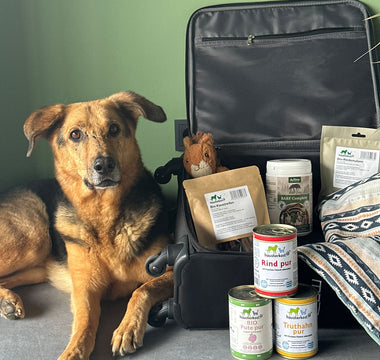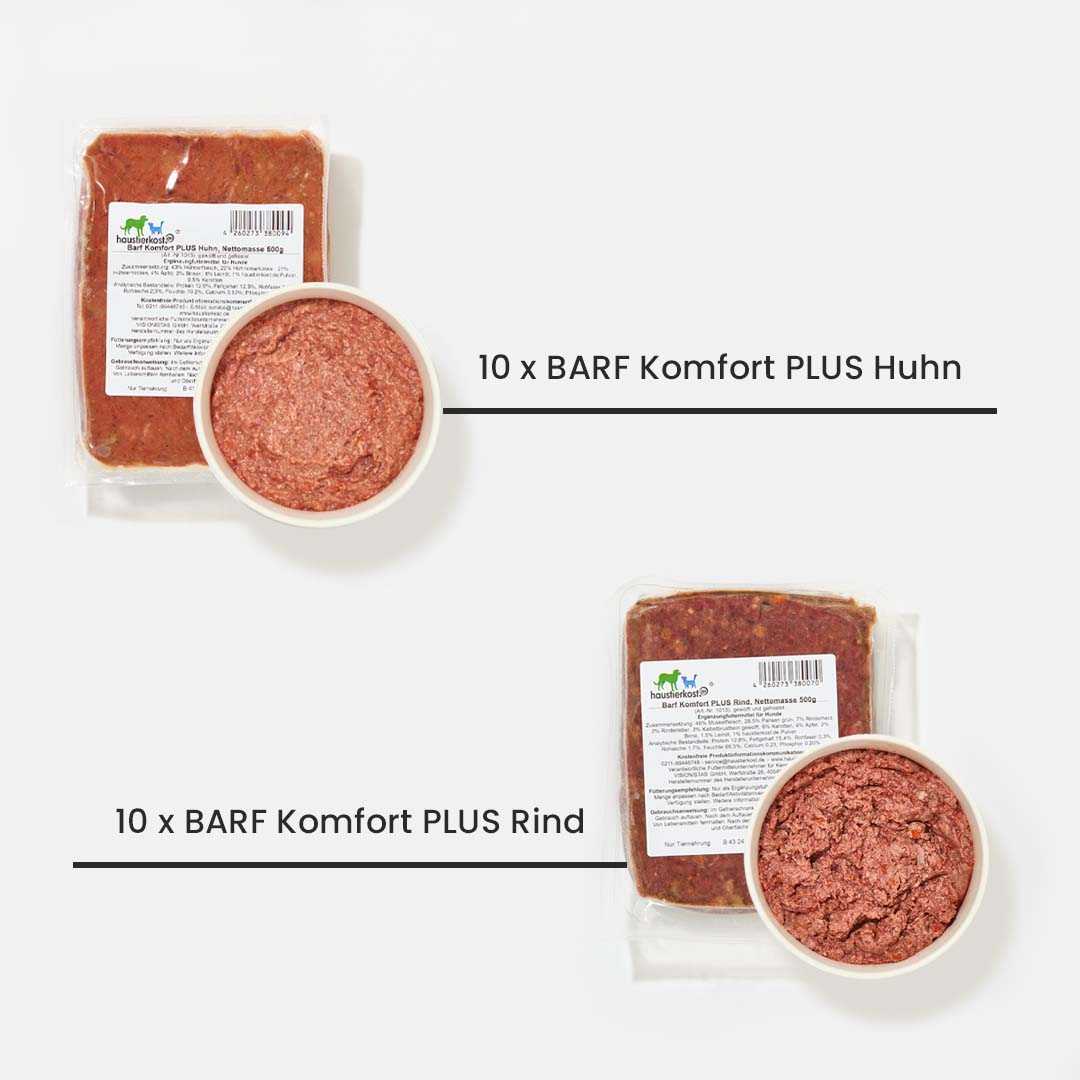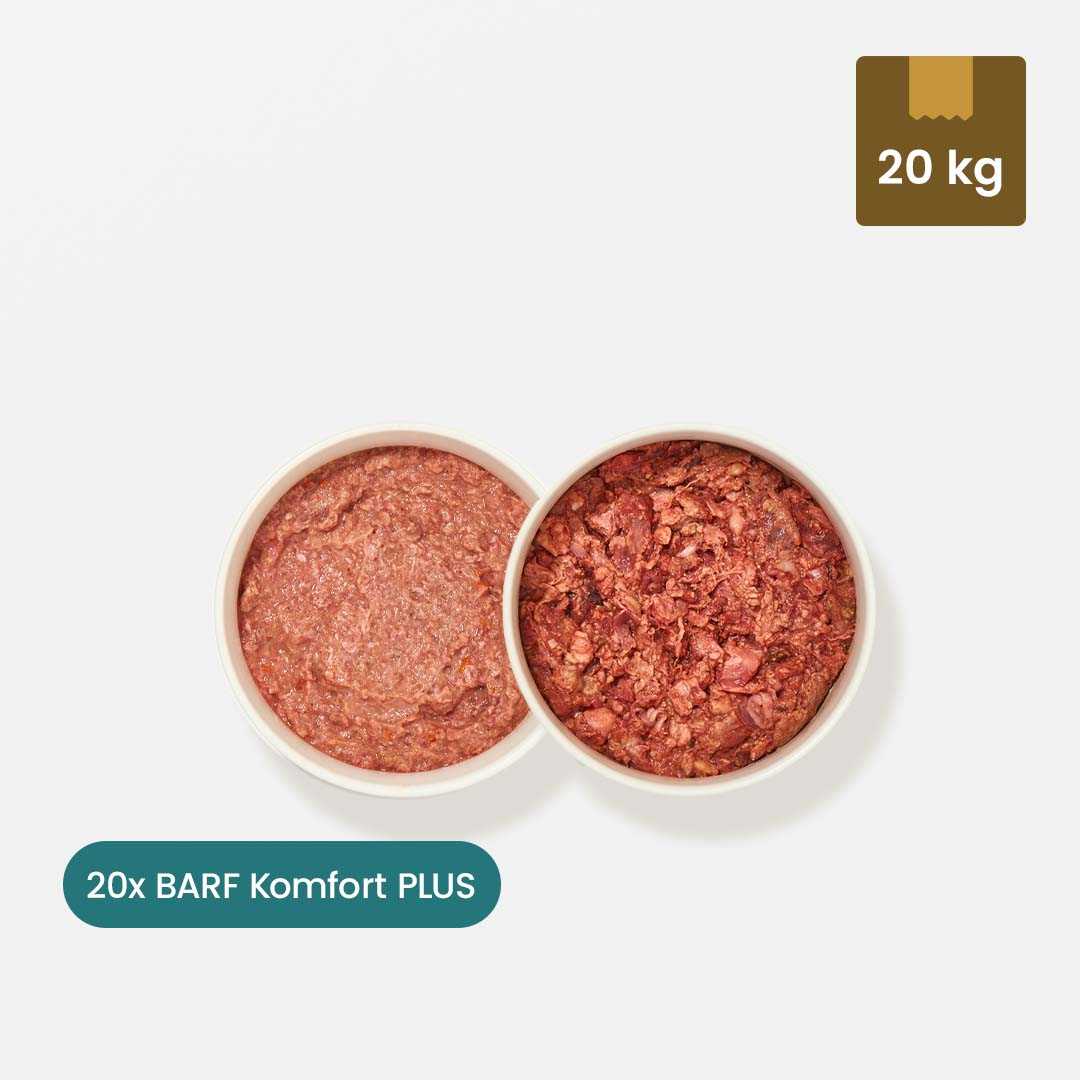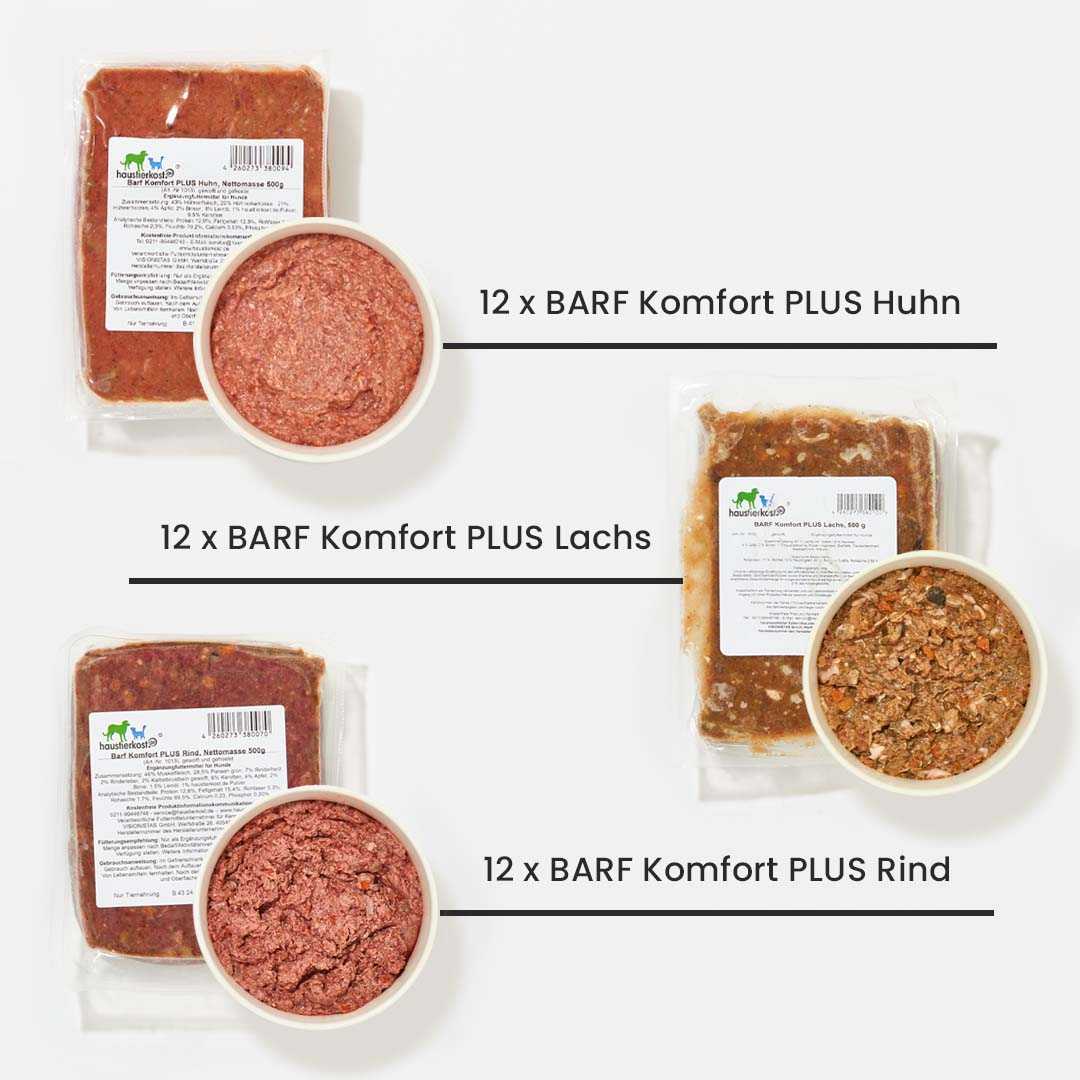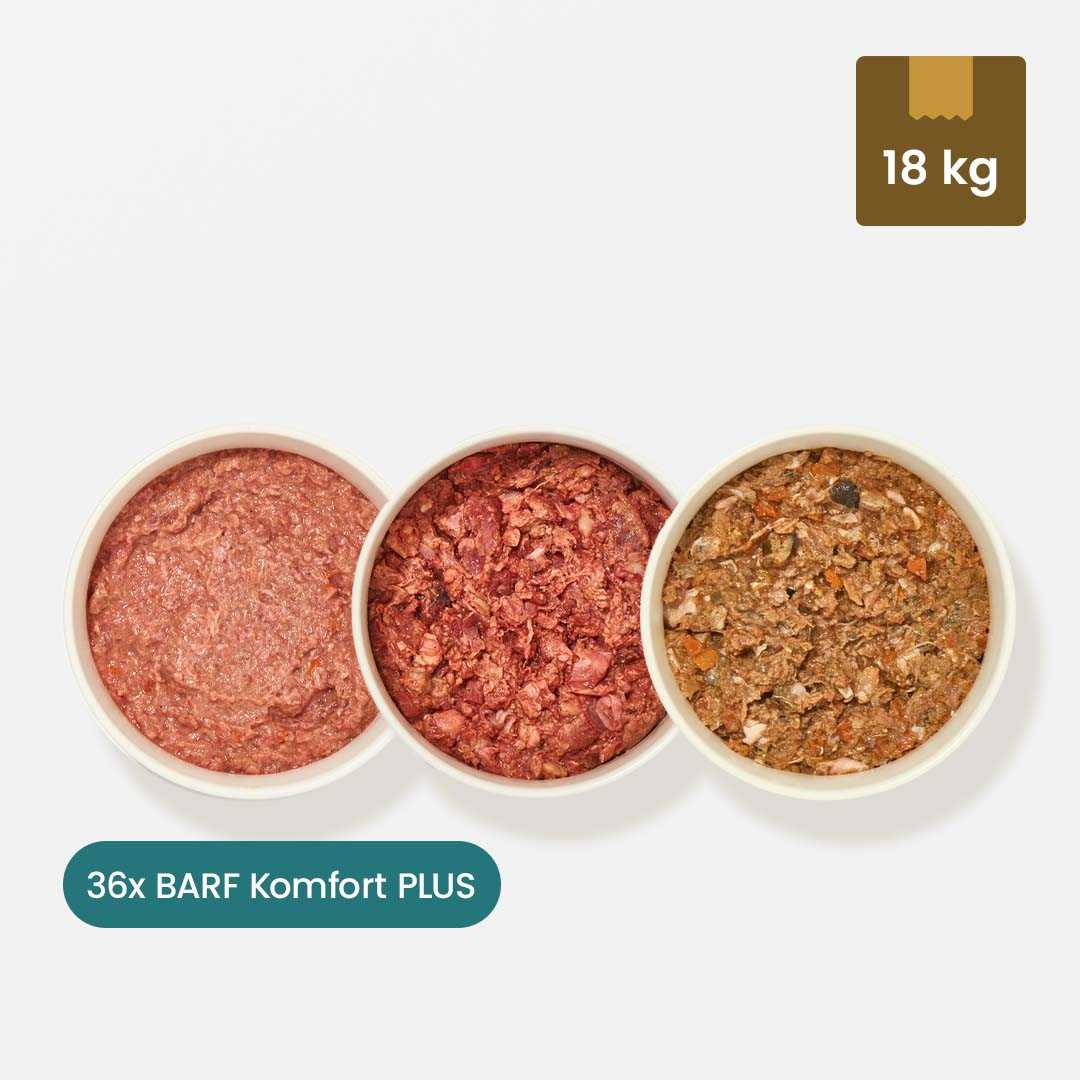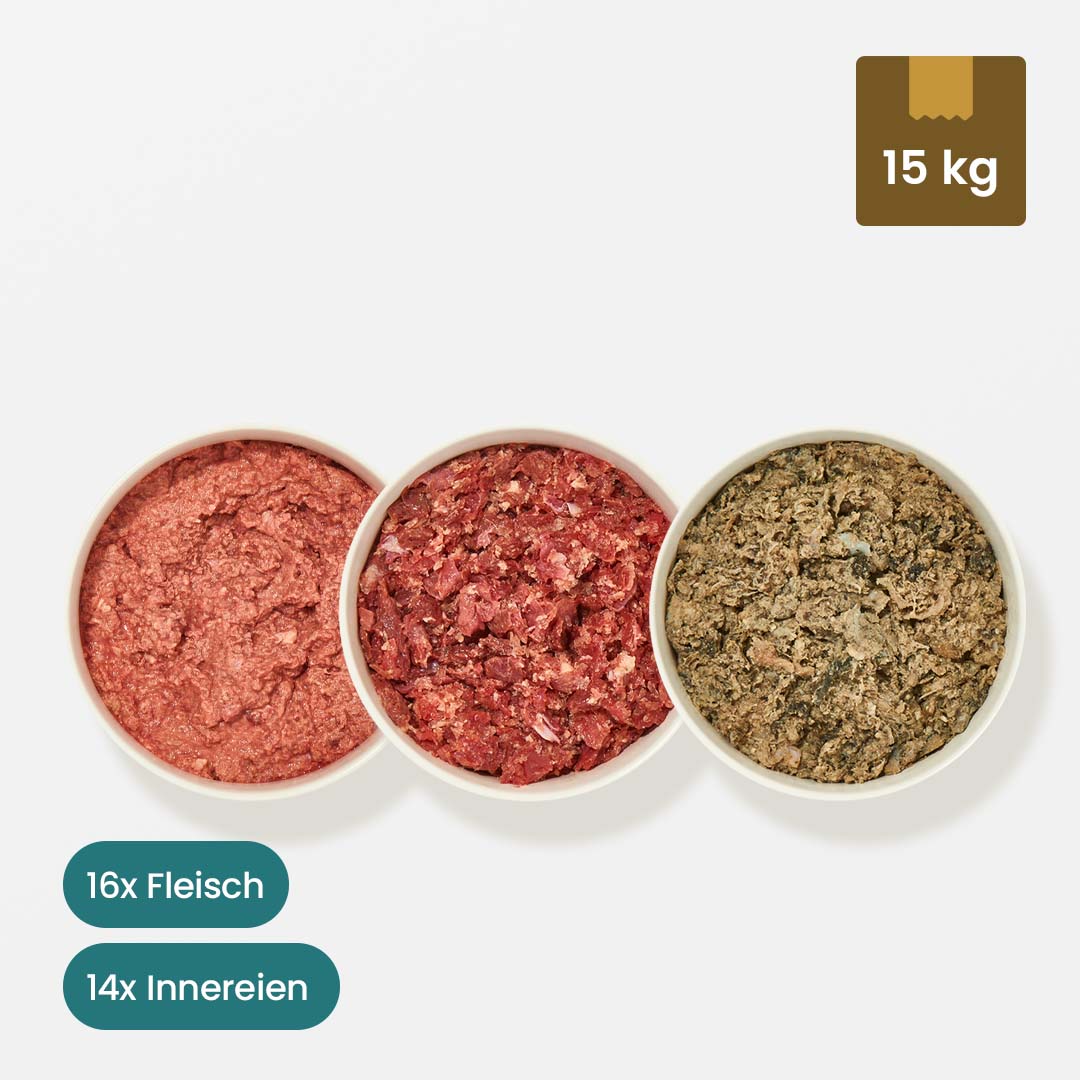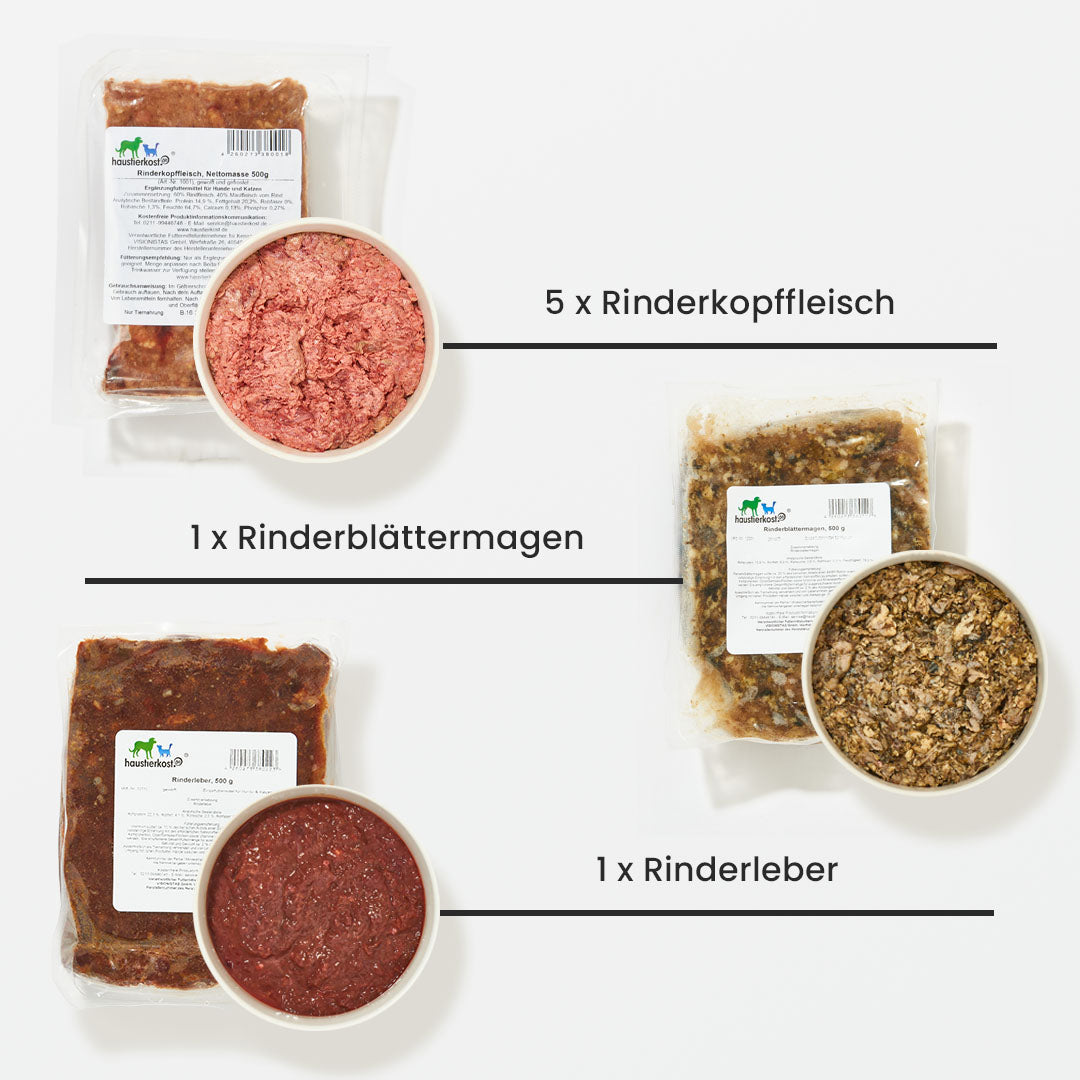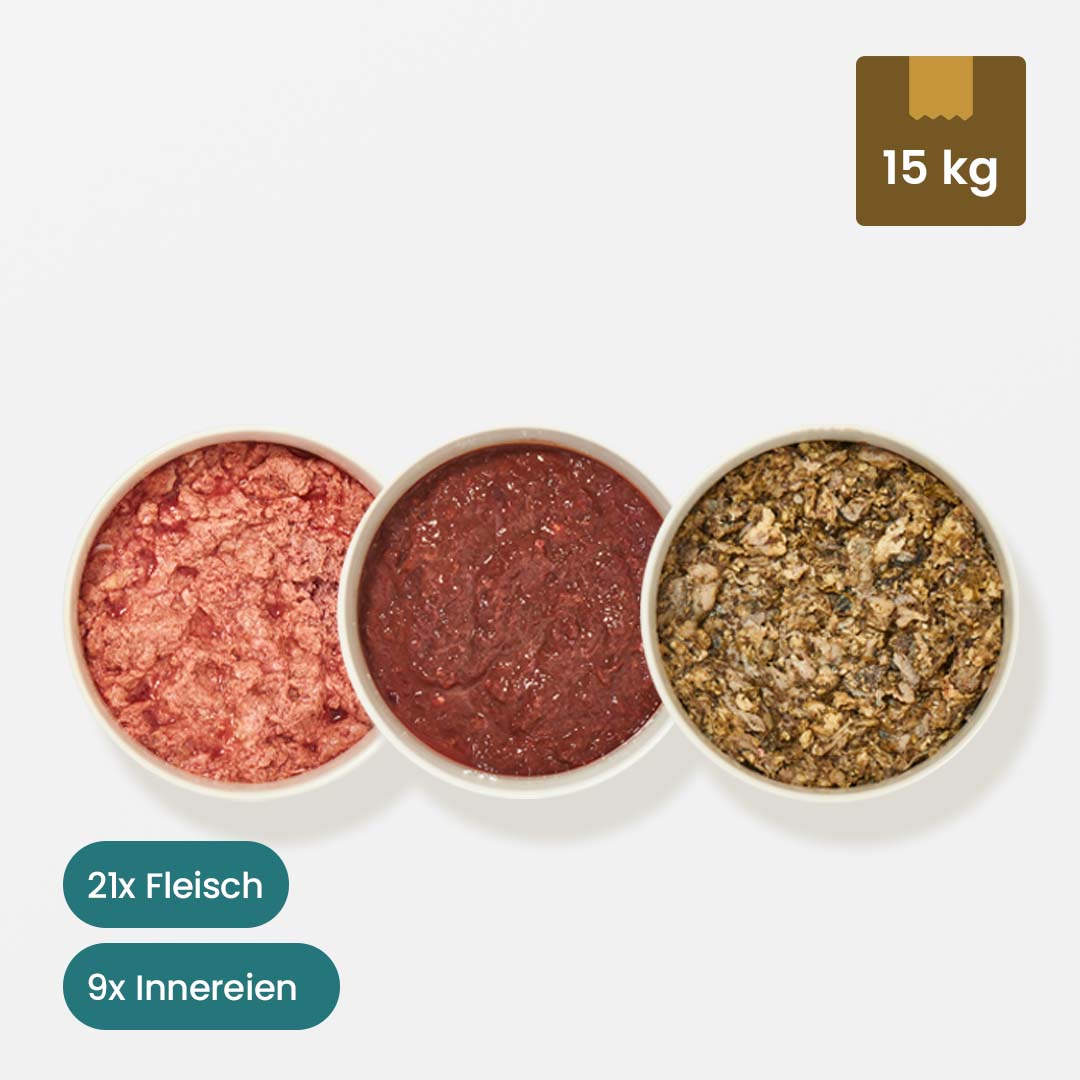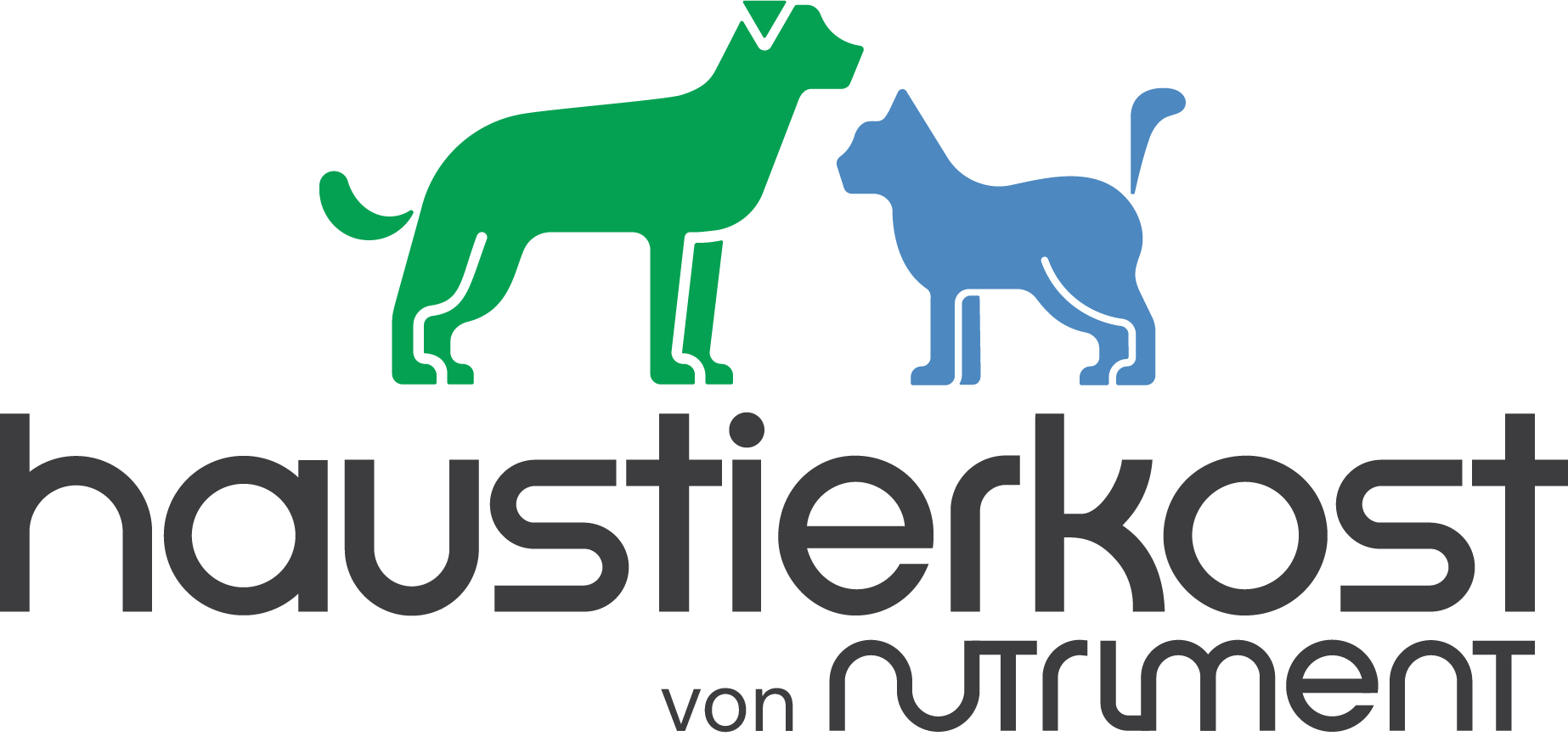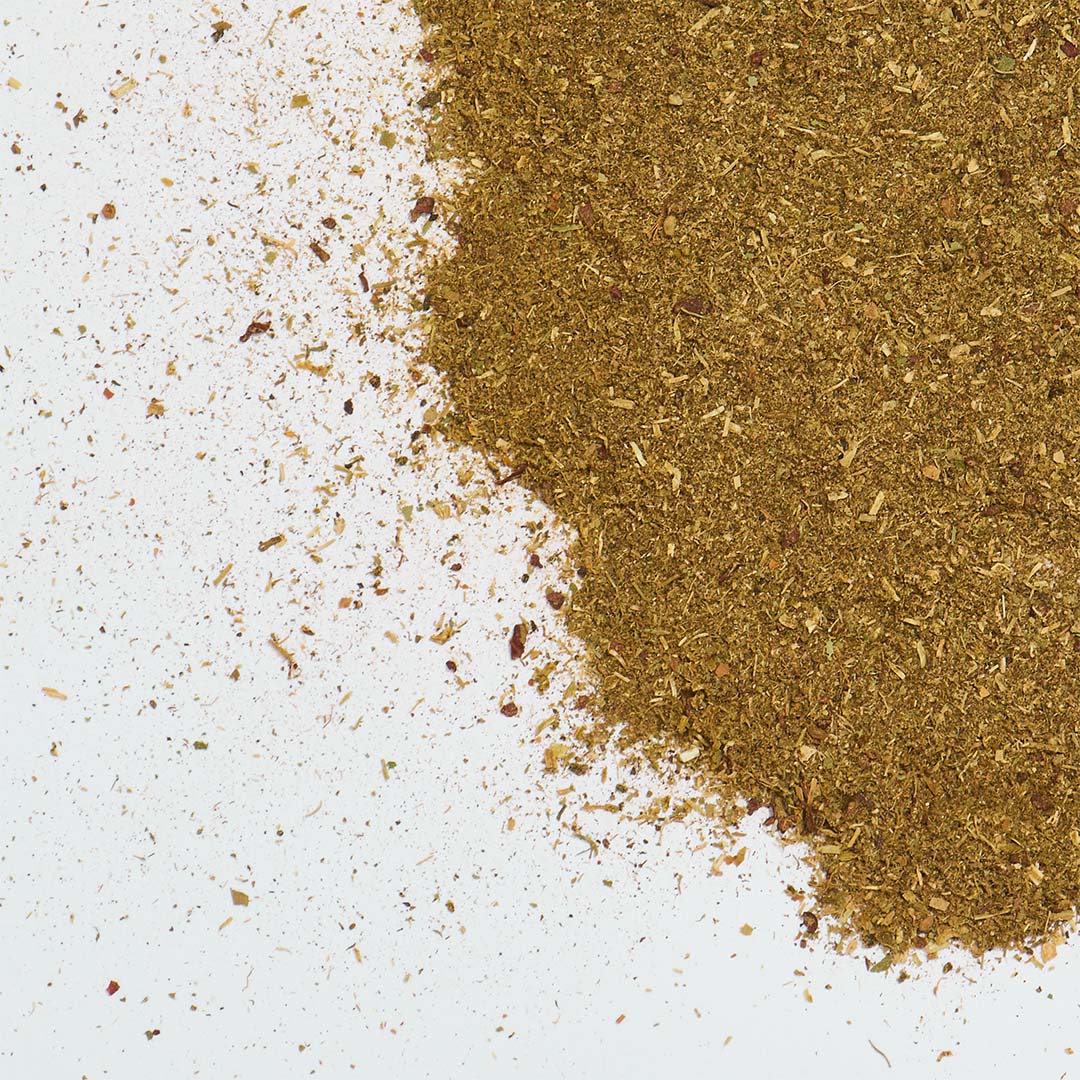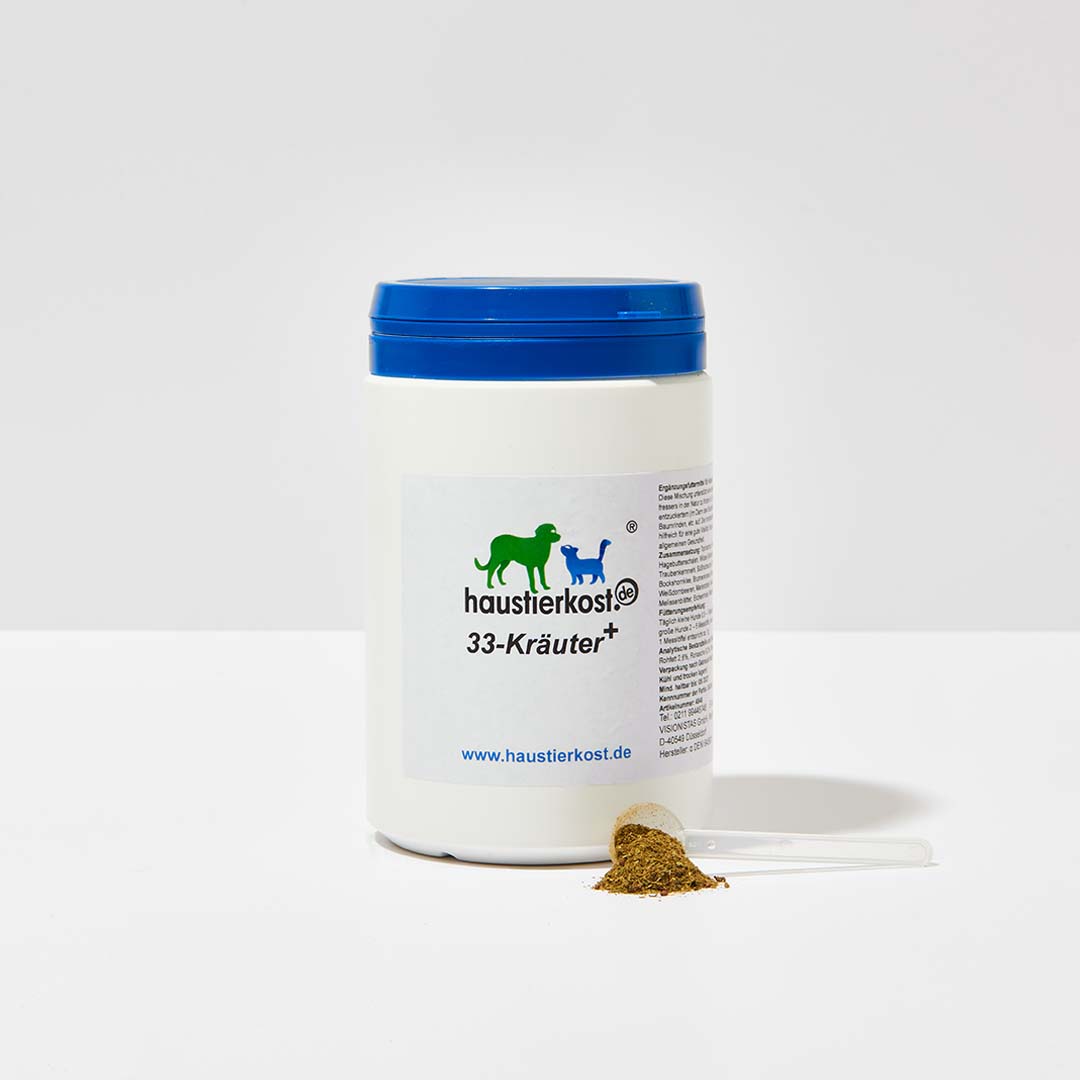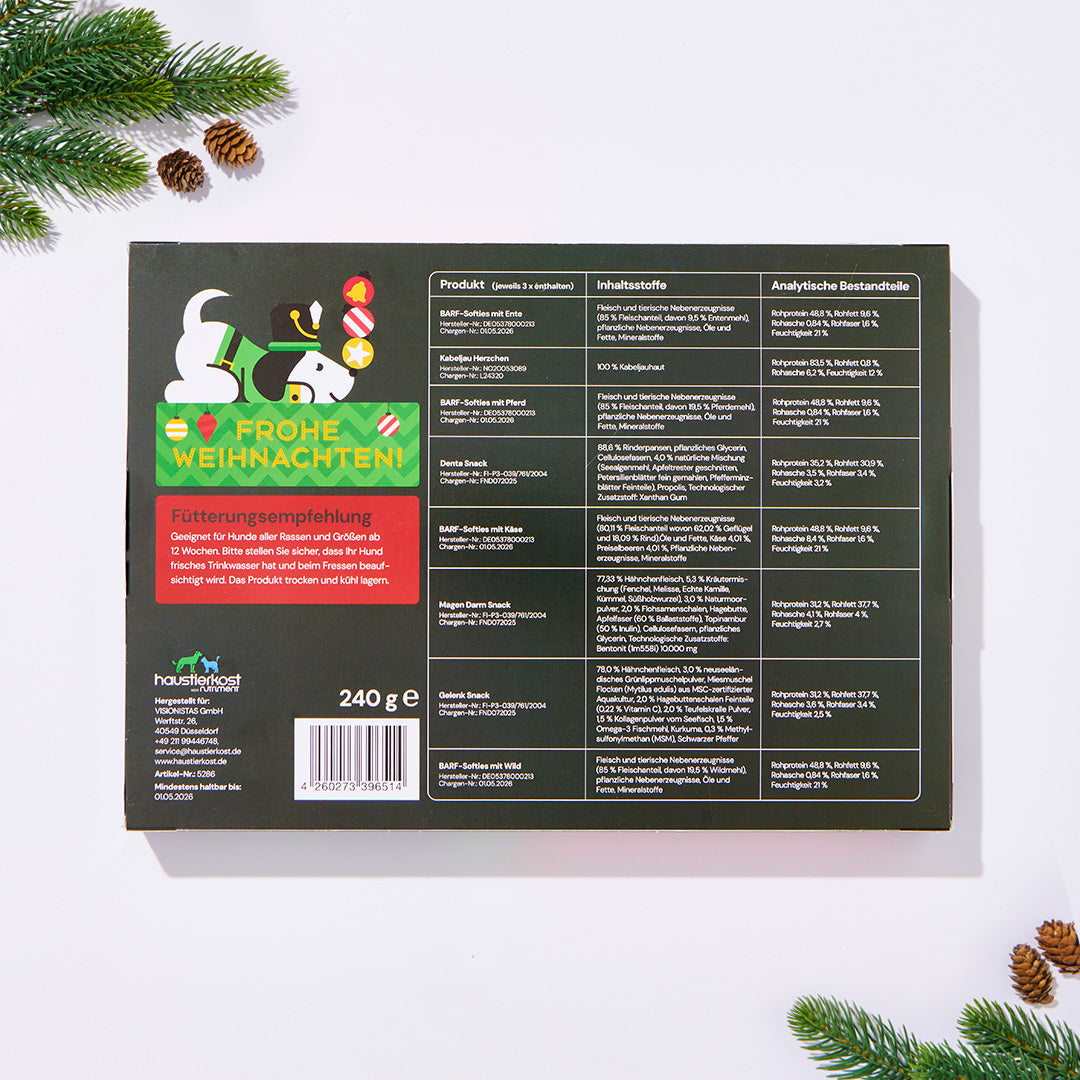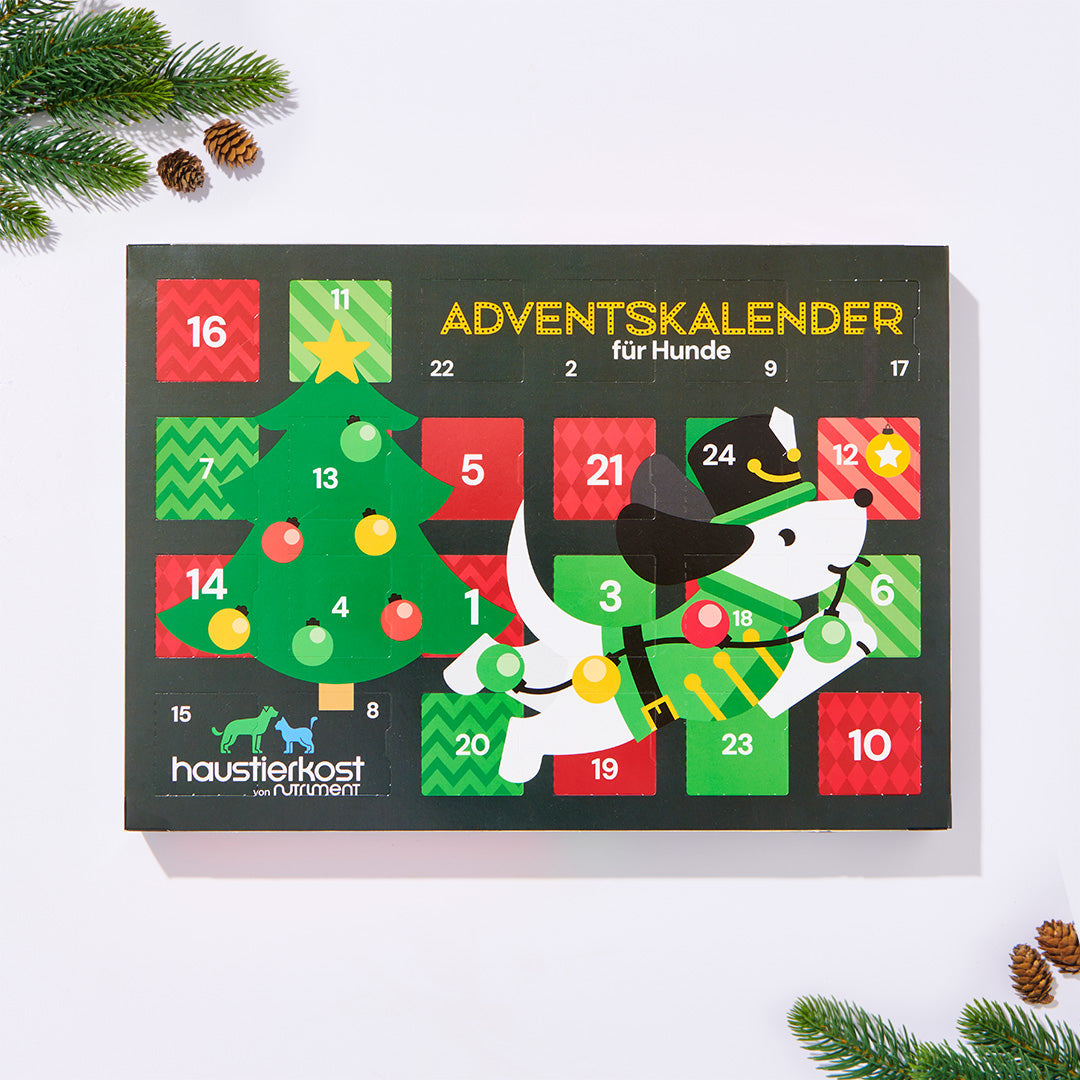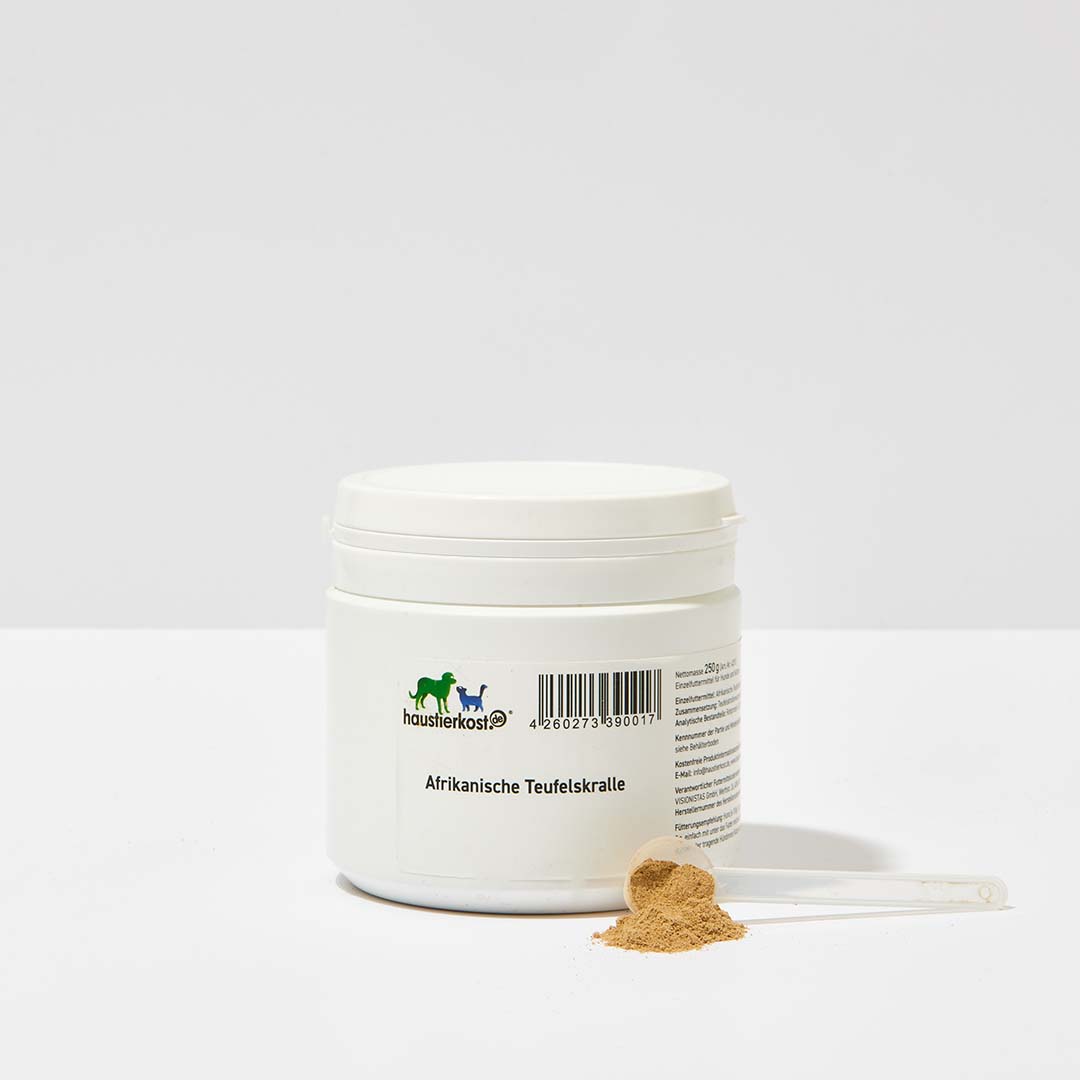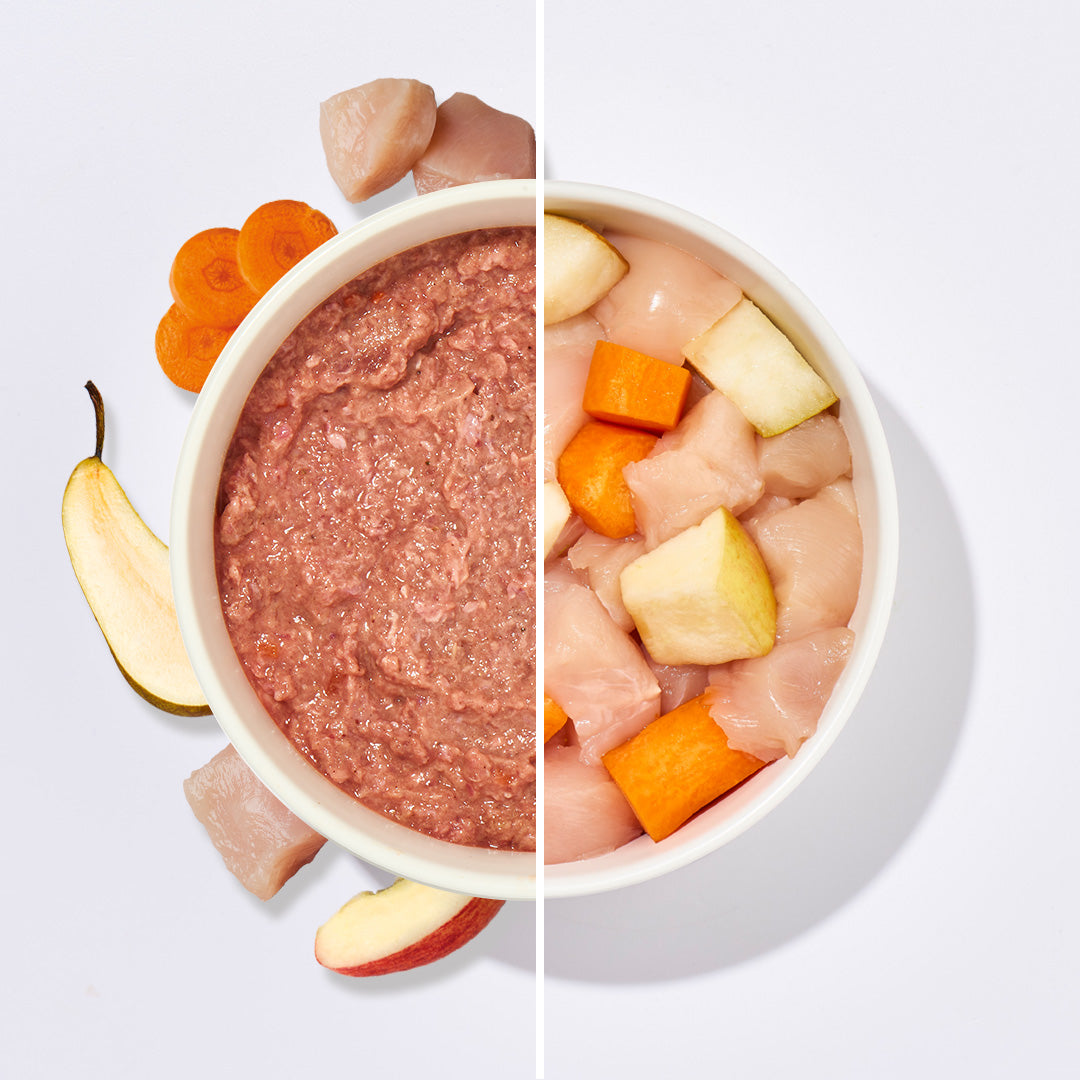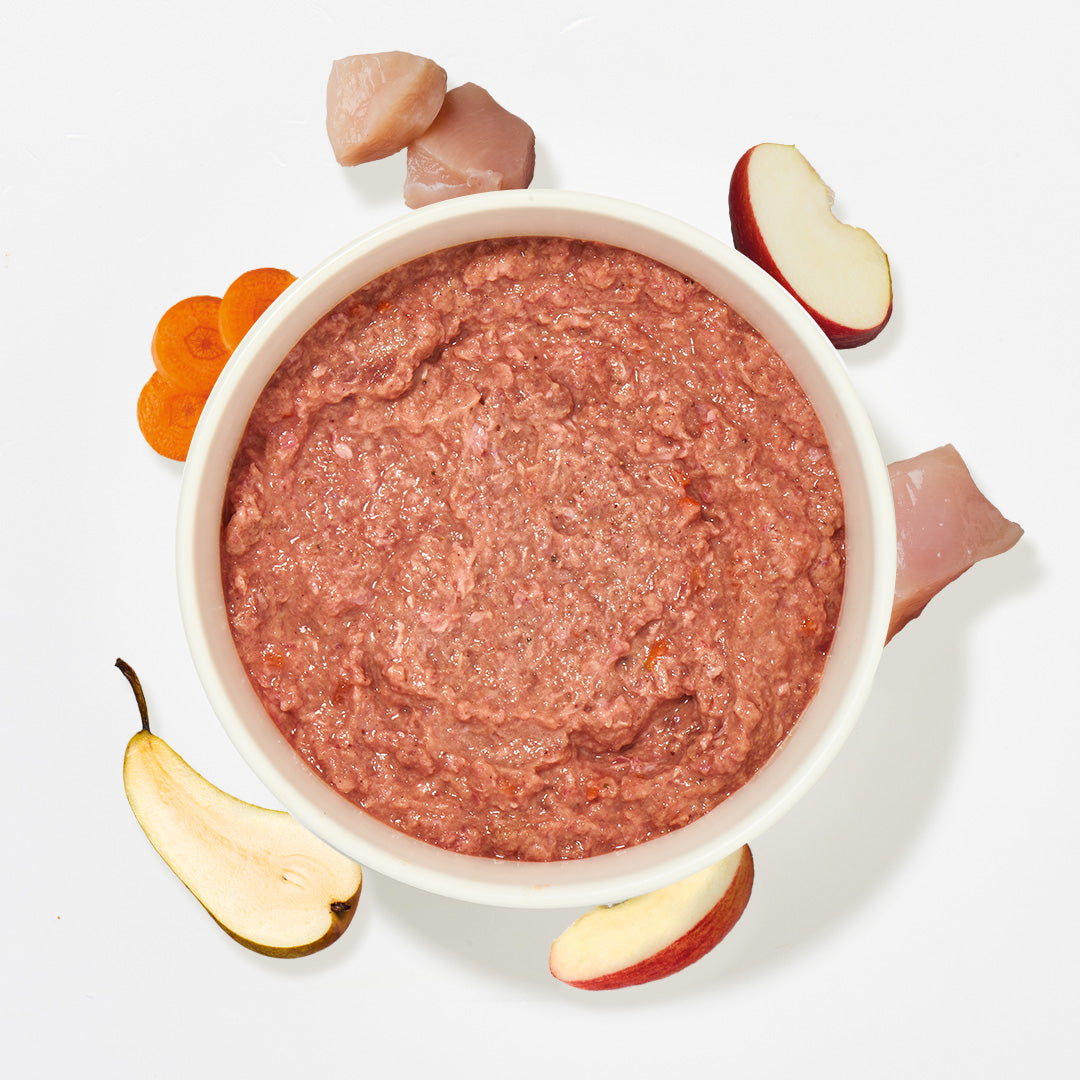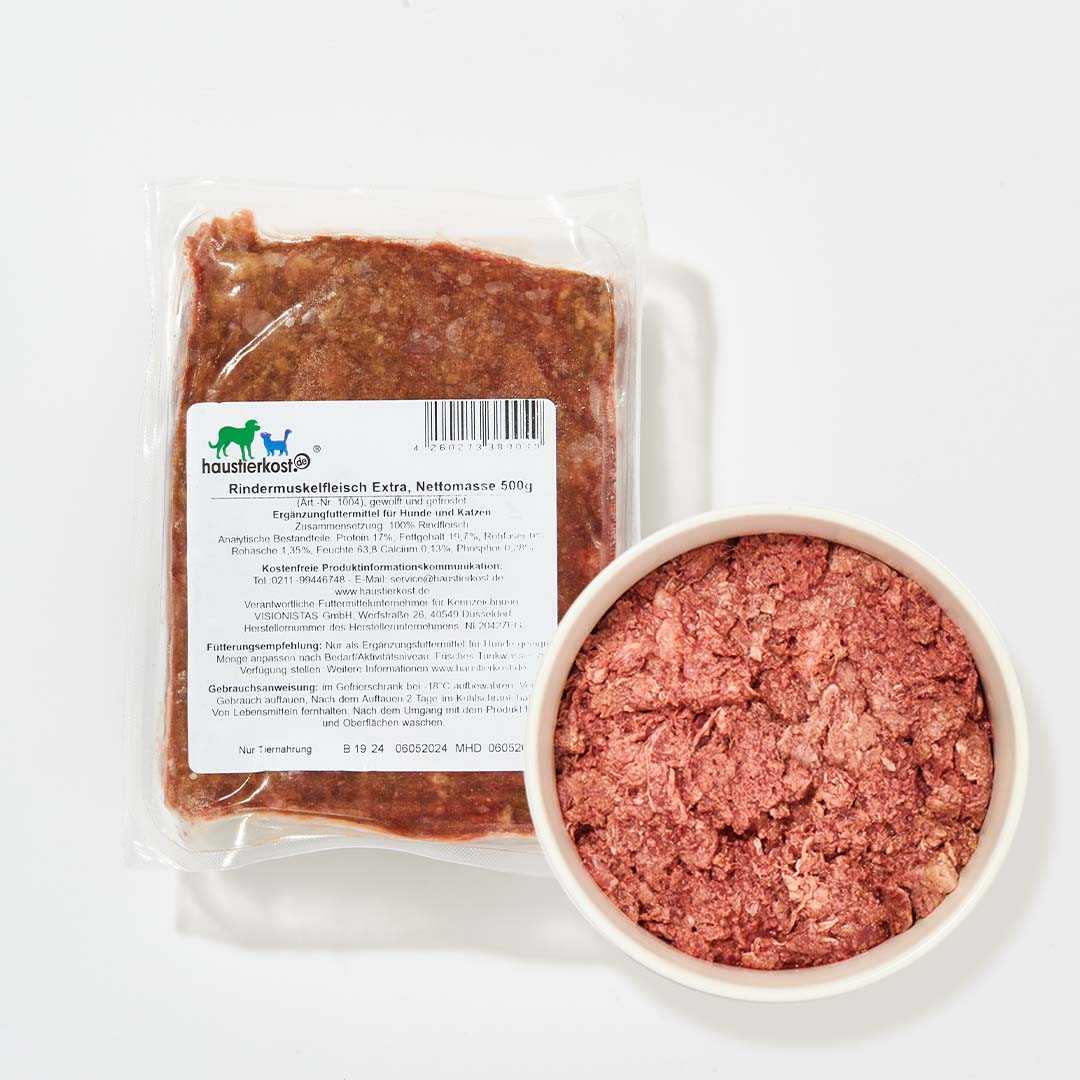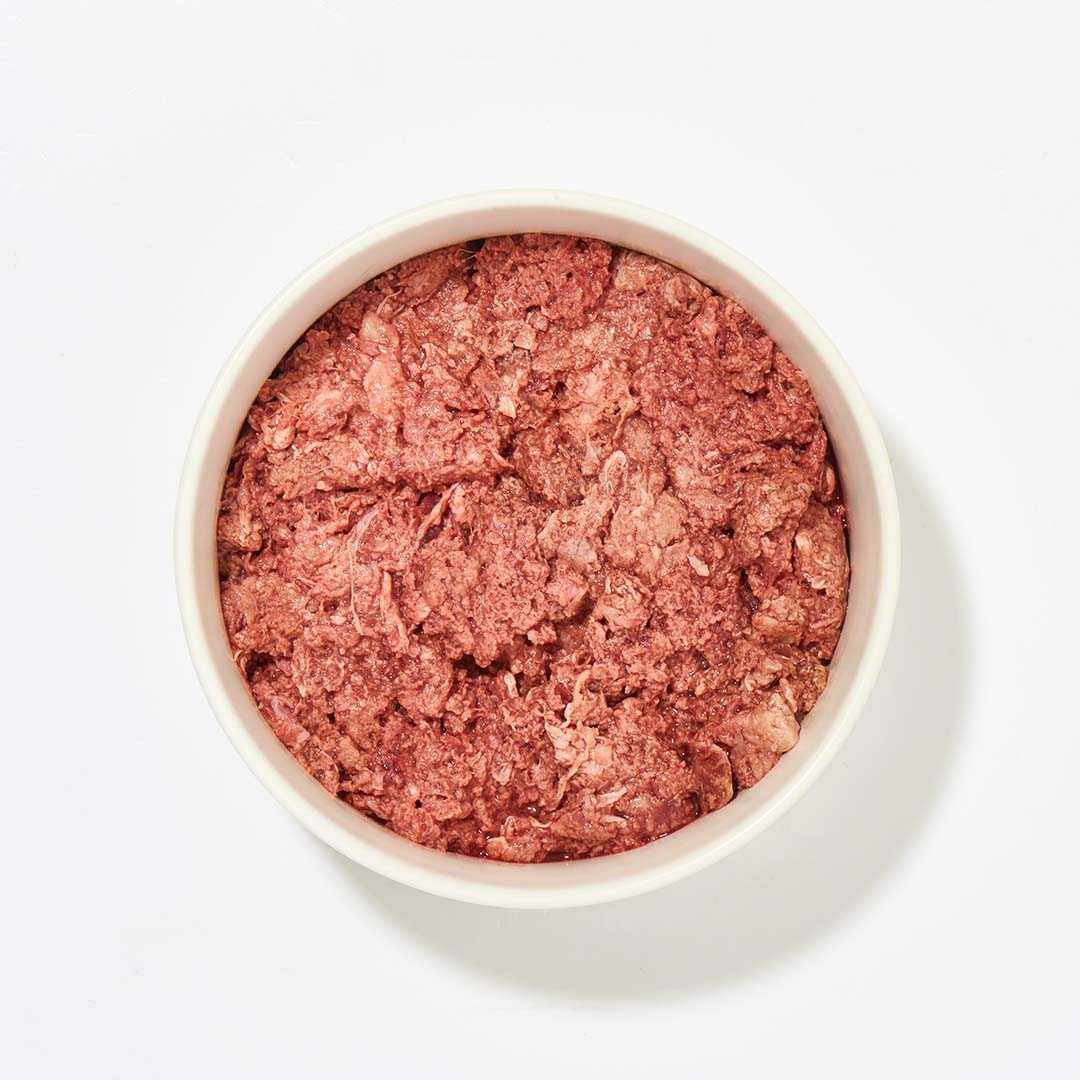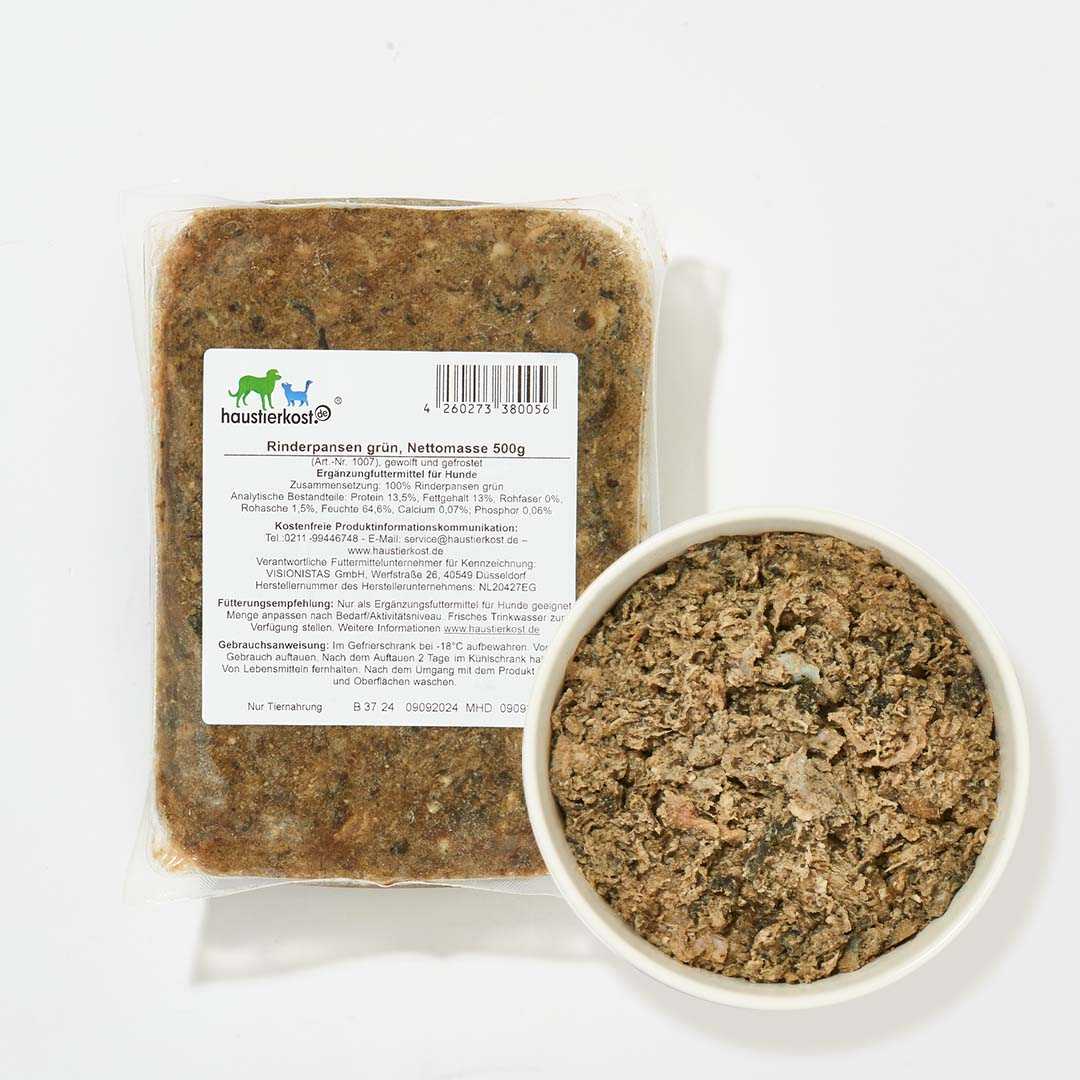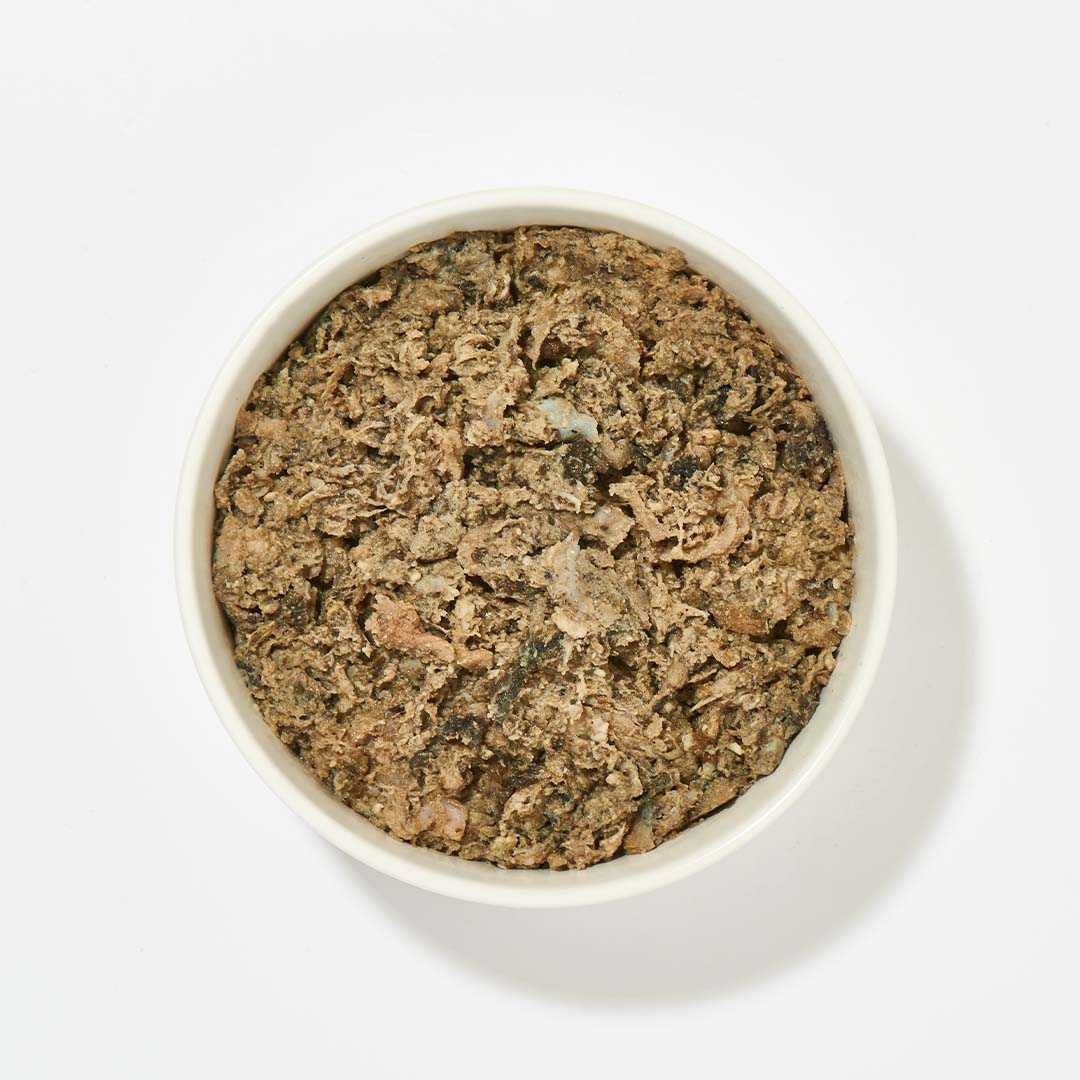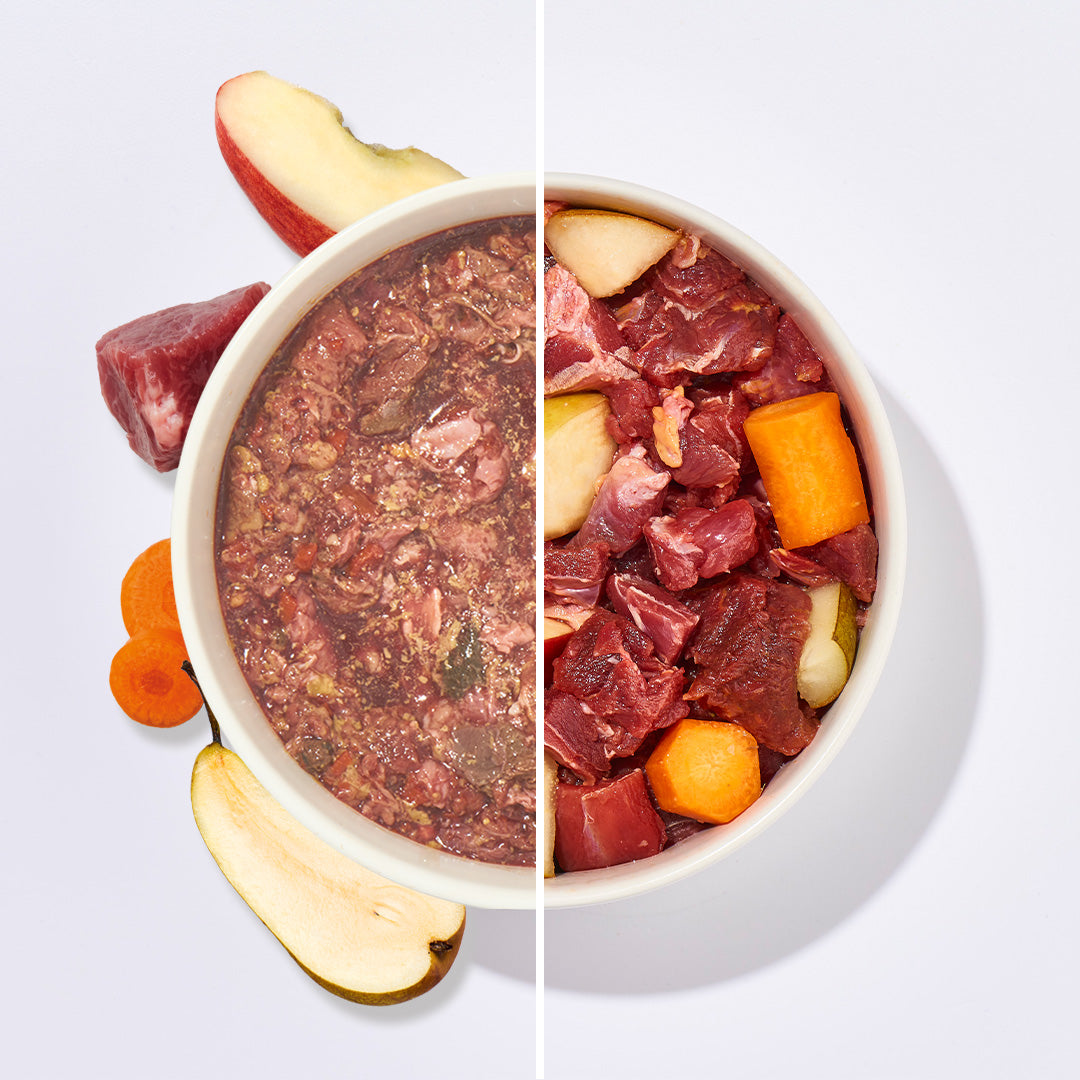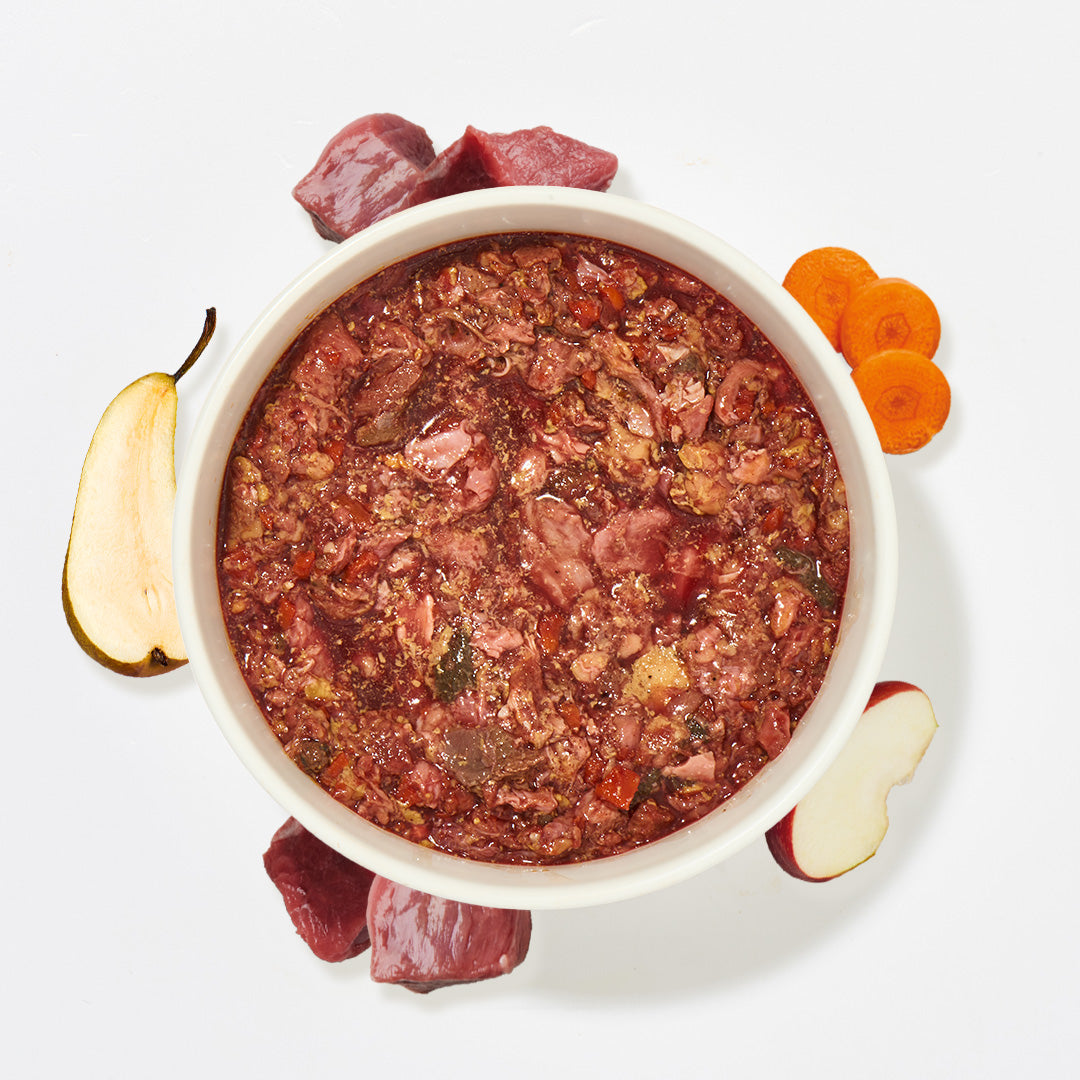To keep an active dog busy, the classic walk is probably no longer enough at a certain point. Of course, there are various intelligence games for dogs that can be used to keep a dog mentally active - but what about physical exercise? In the best case, both aspects can be combined very well. Here we present you with some methods that you can use to keep your dog fully active.
exercise your dog physically
The classic method of physically exercising a dog should be well known: the daily walk is an absolute fixture in the daily routine of most dogs. If the length of the walk is not enough for the dog, you can do several smaller walks a day instead of one long one: This makes it easy to vary the route. This automatically provides more variety. Once a week, new paths can also be explored - for example in the park or on a walk in the forest. There will certainly be plenty to sniff out there. Frisbee in the garden or fetch are also classic dog games that your dog will probably enjoy a lot.
But how can you keep your dog busy if he has to stay in the apartment or house? Keeping him busy within your own four walls is particularly important in winter or in bad weather. A combination of physical and mental exercise is a good idea - a mental task that requires the dog to move. This can be achieved very well with a spontaneous indoor agility course: This is a good idea for two reasons: firstly, if the dog is already familiar with this type of exercise, and secondly, if it is potentially intended to introduce him to "real" agility courses. At the end, of course, there is a reward waiting for the talented four-legged friend.
Another way to keep your dog busy at home is to hide dog treats in a blanket or under a cup. You can even use the treat to leave a scent trail through your apartment, house or garden and encourage your dog to follow the clue. This strengthens the ability to concentrate and trains your four-legged friend's already good sense of smell even further. Dogs are happy when they are needed and have tasks to do - so it can also be a good idea to let them fetch small things or tidy up their toys on their own from time to time. This breaks up the monotony of everyday life on a long day and is often a simple trick that can be learned quite quickly, but also requires a bit of discipline.
Keeping your dog busy in a breed-specific way
One reason dogs come in so many different sizes and shapes is because they have been bred for very specific tasks over thousands of years. This genetic predisposition is still present in the character and instincts of many species today. It would be a shame if you kept your dog busy without taking these unique skills into account, wouldn't it? Dogs that were bred for herding or hunting in particular are often very active and enjoy doing so. Greyhounds, for example, run long distances (and can therefore tolerate longer walks), hunting dogs enjoy dummy training with lures, and German shepherds can follow their instincts with Treibball games.
With all this, it should be noted that dogs have a strong need for rest - animals often doze or sleep for more than half of a 24-hour day. This gives the dog the chance to process what it has experienced and to recover. You know best how much rest your dog needs - so make sure you don't overwhelm him. This way, nothing stands in the way of a mix of stimulation and rest.
